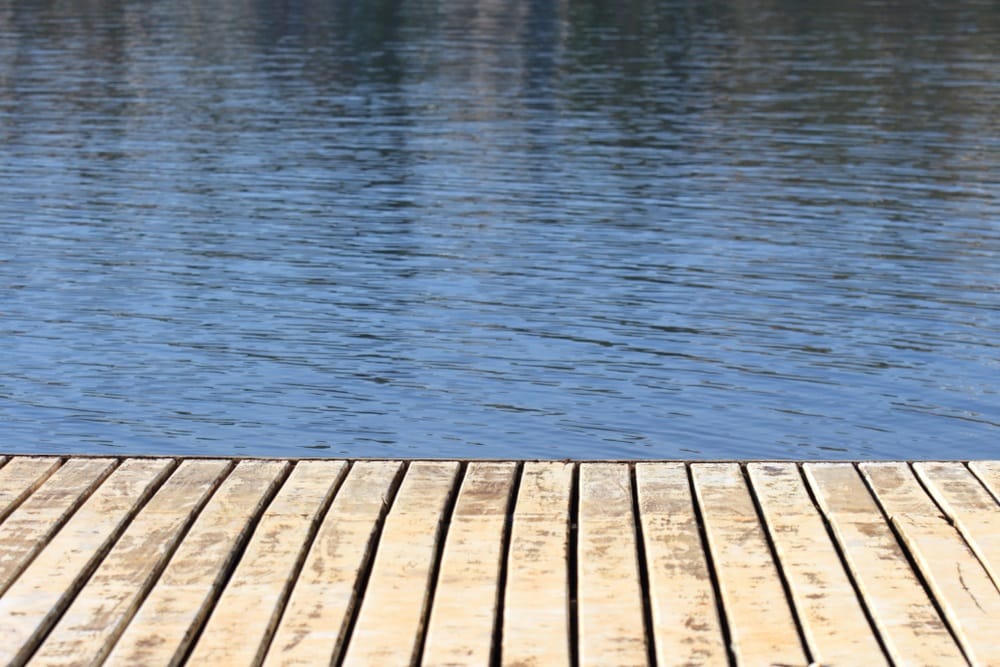
Crappie dock fishing is an often-overlooked method for reeling in the delicious panfish. This is because both floating and fixed docks offer the perfect conditions for attracting crappie, including coverage from the sun and other extreme elements while encouraging the growth of various marine life that crappie feed on.
In fact, providing that the conditions are right, docks can attract crappie throughout the year, including their peak spawning season and into the later summer months and beyond, meaning you could find yourself with a year-round crappy honeypot if you play your cards right.
Check the guide below for all the info you need to know for successful crappie dock fishing:
Crappie Dock Fishing
Finding the Right Dock
While most docks have the potential to attract fish, not every dock has the right conditions for crappie, so it helps to know what docks have the best chance of luring crappie underneath. For example, it’s important that the water in the dock is deep enough for crappie.
This means the dock should preferably extend into deep water – a minimum of 4ft is recommended – as shallower water means less crappie to catch. While shallow water in the docks doesn’t mean there won’t be a chance to catch crappie, deeper spots have more crappie and are populated throughout the year.
Shallower docks do have potential for crappie though, espiecally when leading into deeper areas. For example, docks near creek channels may have migration paths that crappie use to enter and exit the creek throughout the seasons.
Also, wooden docks have the best potential for attracting crappie, mainly because the large wooden structures used to build the docks attract an abundance of algae and marine plants, which results in more baitfish and insects that crappie feed on.
Straight docks are a good place to start looking but if you find L, T, or U-shaped docks be sure to check them out, as these offer more coverage and feeding opportunities for the fish.
Look for Nearby Brush Piles and Structures
Docks are essentially a large brush pile on their own but don’t overlook the allure that nearby coverage offers crappie. Brush piles are often made by those using docks for their boat, so always check near the end docks and nearby channels for signs of brush pile.
Look for similar structures like fallen trees and consider using a depth finder for an accurate estimation of where the crappie are hiding around these structures. Both the dock and brush piles offer the right conditions for crappie!
Don’t Change Your Tackle
Despite being a little more complex to catch, crappie dock fishing doesn’t require any new tackle for a successful catch – just use the same tackle as always for catching crappie and you should find yourself reeling some crappie in.
While the preferred tackles vary in each individual, most tend to use a combination of a 5-7ft spinning rod, a 4-8lb mono line (or fluoro depending on the water conditions), and live or artificial minnow bait.
Related: